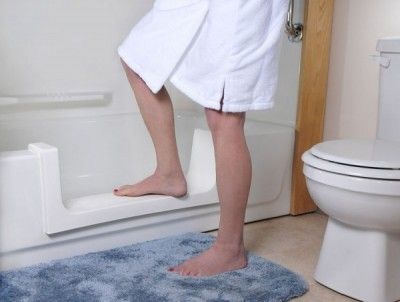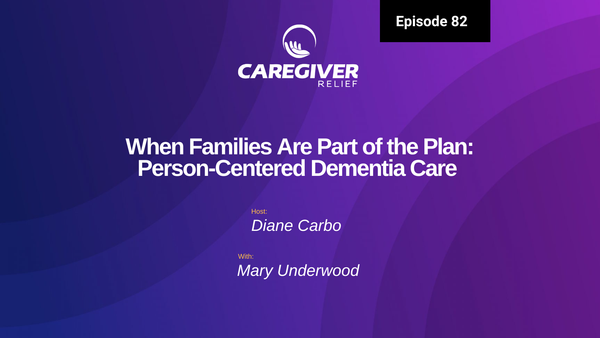Dementia Care Strategies for Bathing: Navigating Challenges with Compassion
Bathing can be a difficult and stressful task for those with dementia. Learn tips and strategies for making the process easier, including respecting privacy and dignity, understanding daily needs, and promoting independence.

Caring for individuals with dementia demands an array of strategies, particularly when it comes to bathing. The resistance some family members face during this crucial activity necessitates thoughtful approaches, considering its intimate nature.
For those living with dementia, bathing can provoke feelings of fear, stress, and even alarm. As dementia progresses, the seemingly simple acts of undressing and physical contact associated with bathing can be misunderstood, evoking perceptions of assault.
In advanced stages, individuals may even lose their grasp of the significance of bathing and personal hygiene, compounding the challenges faced by caregivers.
Additionally, many elderly family members might express discomfort when requiring assistance for such private tasks. The emotions of vulnerability, embarrassment, and reaction to a cooler environment can amplify their resistance.
Empowering Dementia Care Strategies:
Successfully managing bathing situations is paramount for both caregivers and individuals with dementia. Consider these indispensable strategies to alleviate disruptions and enhance cooperation during the bathing process:
1.Preparation for Success: Lay out washcloths, towels, and clothing in advance, and address safety concerns ahead of time.
2.Respect for Dignity: Regardless of their cognitive comprehension, respecting their privacy and dignity remains essential.
3.Mindful Frequency: Understand that daily bathing might not be necessary, considering its potential to dry out aging skin. Minimize confrontations by opting for focused cleaning, supplementing daily cleansing.
4.Strategic Timing: Select the most peaceful and receptive time of day for bathing.
5.Consistency for Comfort: Establish a consistent bathing schedule to provide a sense of predictability.
6.Communication with Purpose: Explain the purpose of bathing in a logical and understandable manner.
7.Engagement as Distraction: Keep the individual engaged during bathing through storytelling or music, avoiding silence.
8.Undressing with Tact: Approach undressing from the side and perform it gradually to reduce discomfort.
9.Calm and Non-Threatening Approach: Introduce the bathing process calmly and without confrontation.
10.Positive Reinforcement: Frequent praise and encouragement can foster a positive emotional atmosphere.
11.Time without Pressure: Avoid rushing; a hurried approach can lead to agitation.
12.Patience and Moderation: Balance your patience and speed to avoid both agitation and undue prolonging.
13.Practical Alternatives: Consider sponge baths or bed baths as viable options. More involved methods may trigger unwanted reactions.
14.Encouragement of Independence: Empower the individual to perform tasks independently as much as possible.
15.Strategic Bathing Time: Leverage moments when the individual is already engaged in similar activities, such as visiting the bathroom.
16.Past Preferences Matter: Understand past bathing preferences, such as preferred times, locations, or same-sex caregivers.
17.De-Escalation Skills: Recognize signs of distress and respond quickly to de-escalate the situation.
18.Ensuring Safety: Prioritize safety by using shower chairs, non-slip flooring, and handrails.
19.Temperature Sensitivity: Confirm water temperature for comfort and safety.
20.Appropriate Assistance: Recognize when more than one caregiver is needed for the task.
21.Respecting Personal Space: Avoid showering the face, as this can provoke agitation. Consider hand-held showerheads for ease.
22.Gradual Introduction to Water: If offering a tub bath, introduce them slowly to the water.
23.Future Attempts: If refusal occurs, revisit the idea later without confrontation.
A Compassionate Conclusion:
Bathing individuals with dementia necessitates sensitivity and adaptability. Acknowledge the uniqueness of each person's experience, tailor your approach accordingly, and embody patience and empathy. By applying these principles, caregivers can foster a dignified and harmonious bathing experience for their loved ones.
In summation, the path of caring for someone with dementia might be challenging, but these strategies can significantly ease the journey. Remember, if persistent refusal remains, embracing alternatives like spread-out sponge baths can be a practical solution for a time.
You might also like this article:

















